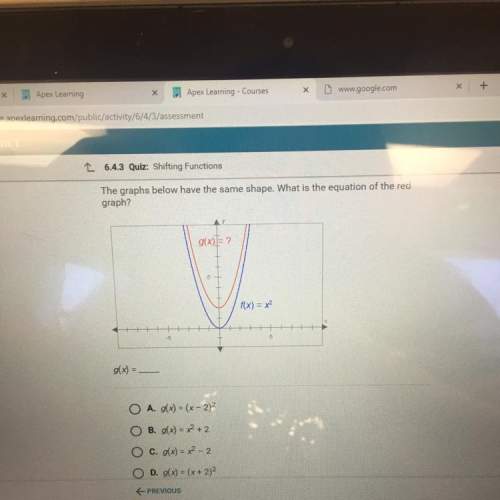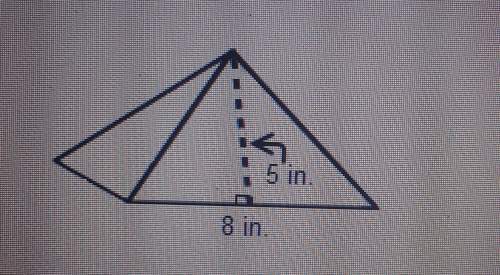
Mathematics, 01.09.2020 23:01, mmoore36
Let S1 denote the sequence (1,1).For n≥1, we build a sequence Sn+1 by copying sequence Sn, inserting blanks between consecutive terms, and filling each blank with the sum of the two terms it's between. Thus we haveS2S3S4=(1,2â€",1),=(1,3â€",2,3â €",1),=(1,4â€",3,5â€",2,5â€",3,4â€" ,1),and so on. What is the sum of all entries in S7?What is the largest entry in sequence S11?What fraction of the terms of S64 are odd?

Answers: 2
Other questions on the subject: Mathematics

Mathematics, 21.06.2019 19:40, ashley24109
The weights of broilers (commercially raised chickens) are approximately normally distributed with mean 1387 grams and standard deviation 161 grams. what is the probability that a randomly selected broiler weighs more than 1,425 grams?
Answers: 2

Do you know the correct answer?
Let S1 denote the sequence (1,1).For n≥1, we build a sequence Sn+1 by copying sequence Sn, inserti...
Questions in other subjects:

Mathematics, 20.03.2021 15:10



Mathematics, 20.03.2021 15:10

Business, 20.03.2021 15:10

Physics, 20.03.2021 15:10

Social Studies, 20.03.2021 15:10

Physics, 20.03.2021 15:10

Chemistry, 20.03.2021 15:10

Mathematics, 20.03.2021 15:20








